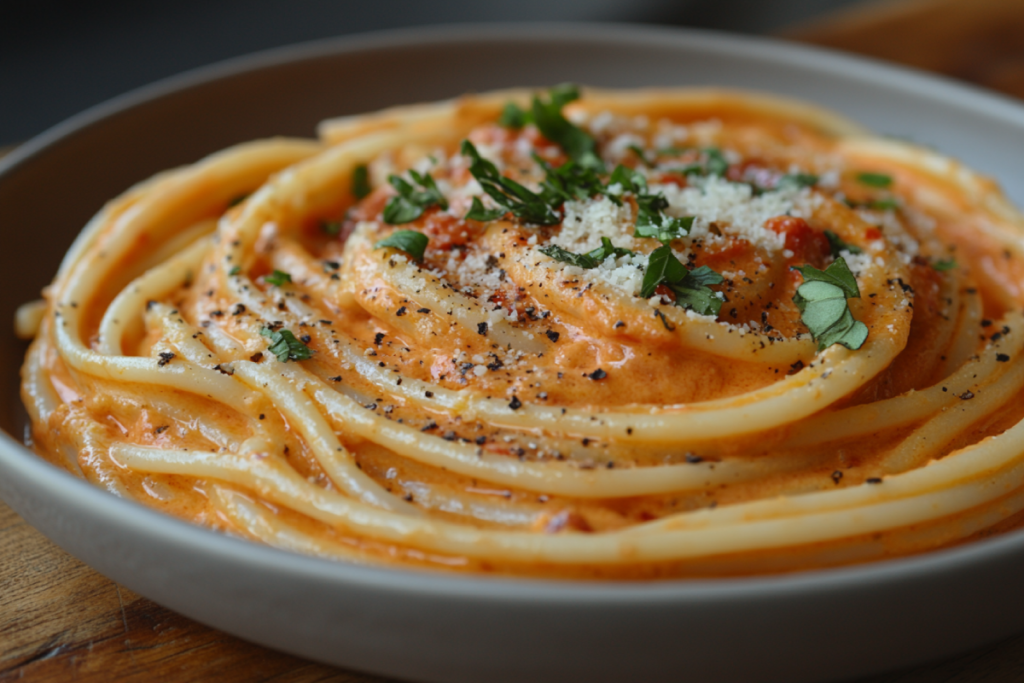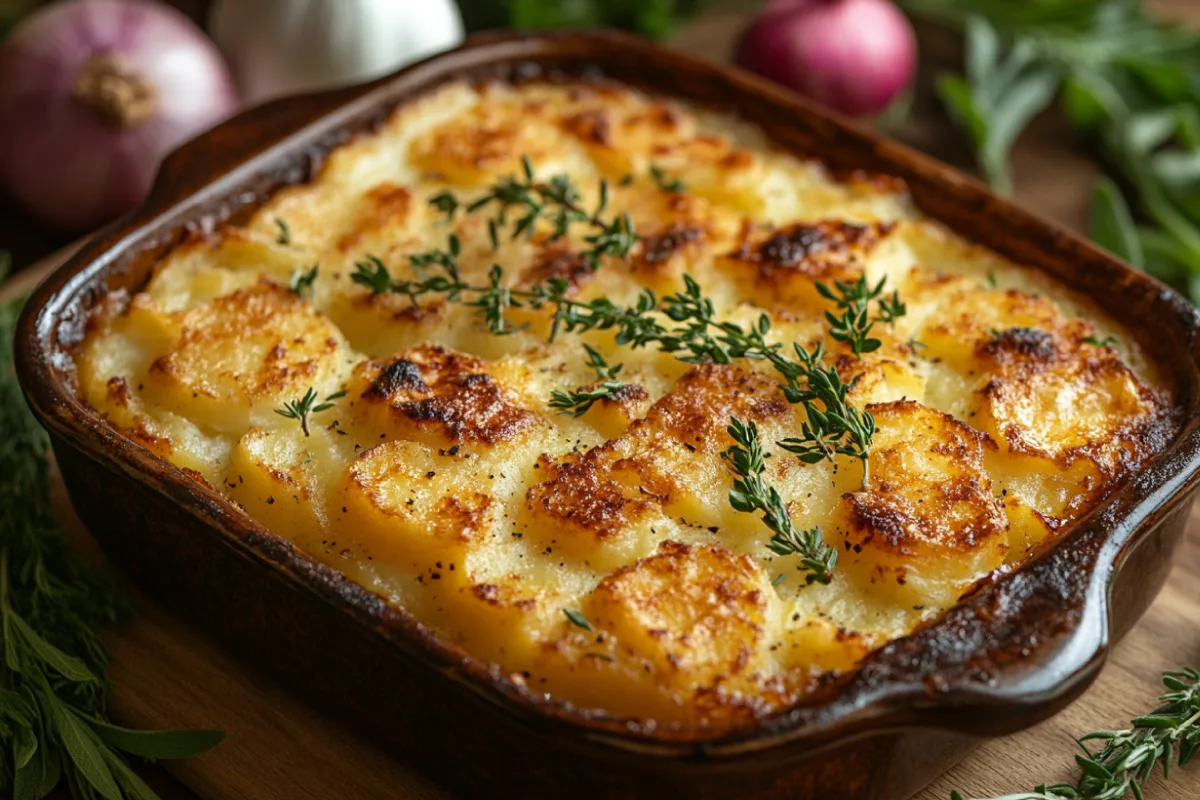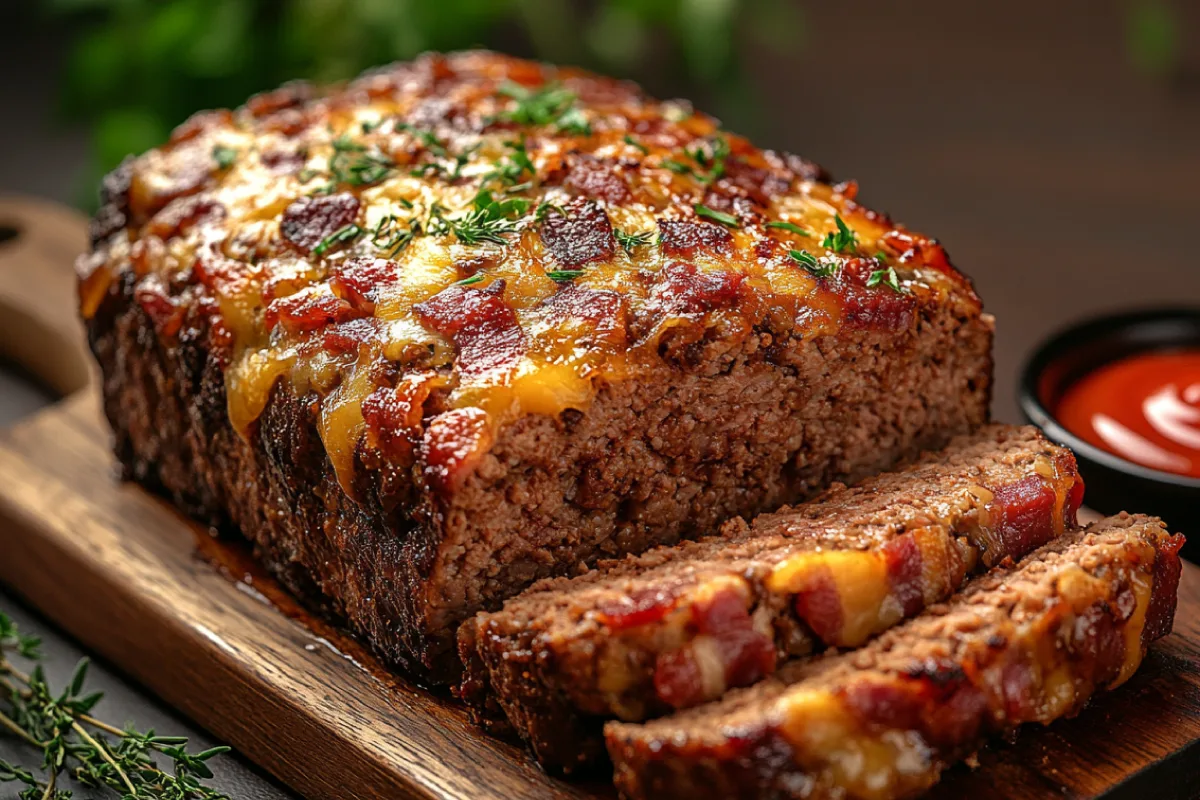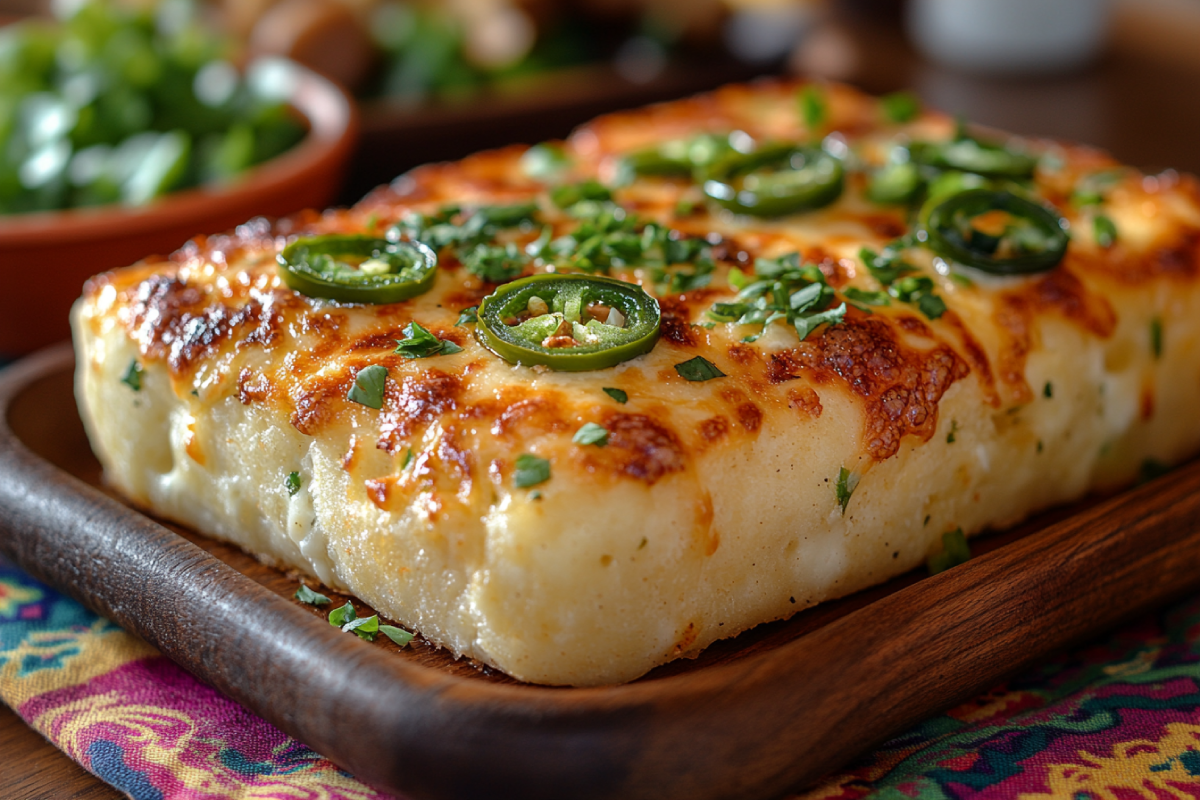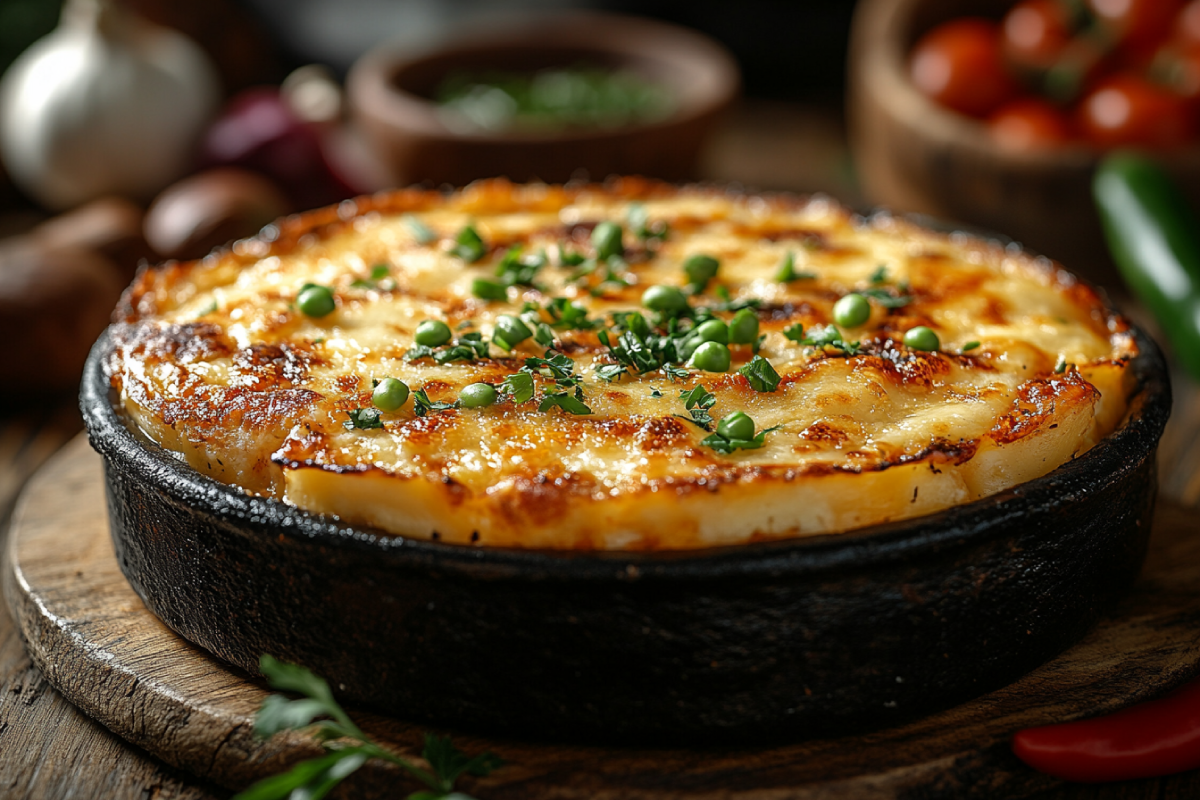Spaghetti sauce is a staple in many households, cherished for its rich flavor and versatility. While the classic tomato-based sauce has its merits, culinary enthusiasts often experiment with ingredients to create unique twists. One such addition is sour cream—a tangy, creamy ingredient that can elevate your spaghetti sauce to new heights. But why put sour cream in spaghetti sauce?
This article dives into the reasons behind this intriguing choice, explaining how sour cream can enhance the flavor, texture, and overall appeal of your spaghetti sauce. Whether you’re a seasoned cook or a curious beginner, you’ll discover the science, benefits, and techniques to incorporate sour cream into your recipe seamlessly. Let’s explore the magic that sour cream can bring to your kitchen.
The Role of Sour Cream in Culinary Applications
Sour Cream as a Flavor Enhancer
Sour cream has a distinct tanginess that can elevate the flavor profile of many dishes. When added to spaghetti sauce, it introduces a subtle acidic note that balances the natural sweetness of tomatoes. This balance is particularly useful in sauces made with ripe or canned tomatoes, which may sometimes taste overly sweet or metallic. The creamy texture of sour cream also mellows out strong flavors, ensuring a harmonious blend of ingredients.
Moreover, sour cream amplifies the umami factor in your spaghetti sauce. Umami, the savory taste sensation, is already present in tomatoes, herbs, and spices. Sour cream enhances this quality, making each bite more flavorful and satisfying.
For tips on crafting the ultimate spaghetti dishes, explore the secret to the best spaghetti.
How Sour Cream Affects Texture
One of the standout characteristics of sour cream is its ability to transform the texture of a dish. In spaghetti sauce, sour cream adds a luscious creaminess that creates a luxurious mouthfeel. This is especially appealing in sauces where you want a rich, velvety consistency without relying solely on butter or heavy cream.
Sour cream also helps to thicken the sauce naturally, reducing the need for additional thickeners like cornstarch or flour. This is an excellent choice for those who prefer a more natural and wholesome approach to cooking.
If you’re seeking inspiration for alternative spaghetti-based dishes, try a spaghetti casserole recipe.
The Science Behind Sour Cream in Recipes
From a scientific perspective, sour cream contains lactic acid, which interacts with other ingredients in your spaghetti sauce. This acid breaks down proteins in the sauce, such as those found in meat or dairy, leading to a smoother texture and enhanced flavor integration.
Additionally, sour cream’s fat content contributes to its ability to carry flavors effectively. Fats act as flavor carriers, dispersing aromatic compounds throughout the sauce and ensuring that every forkful is infused with taste.

Introduction to the Benefits of Sour Cream in Spaghetti Sauce
Improved Creaminess
Sour cream delivers a balanced creaminess that doesn’t overwhelm the palate. This quality ensures the sauce coats the pasta evenly, enhancing the dining experience. Learn about other comforting, creamy recipes like hash brown potato soup for more culinary inspiration.
The addition of sour cream helps the sauce coat the pasta more evenly, ensuring that every bite is flavorful. Whether you’re making a tomato-based sauce or a fusion recipe, sour cream integrates smoothly, giving the dish a velvety finish that diners will love.
Balanced Acidity
Acidity is an essential element in cooking, as it brightens flavors and balances richness. Tomatoes naturally provide acidity, but sour cream adds a layer of tanginess that complements rather than competes with the tomatoes’ flavor.
This balance is especially useful if you’re using sweeter ingredients in your sauce, such as roasted red peppers or carrots. Sour cream’s tang prevents the sauce from tasting cloying, creating a well-rounded dish that appeals to a variety of tastes.
For additional ideas on creating flavorful dishes, consider reading about what makes soup more creamy.
Enhanced Flavor Depth
Sour cream doesn’t just alter the texture and acidity—it also deepens the overall flavor of spaghetti sauce. Its tangy notes act as a counterpoint to savory ingredients like garlic, onions, and basil, creating a more complex taste.
When paired with herbs like oregano or parsley, sour cream amplifies their freshness, making the sauce taste brighter and more vibrant. This enhanced depth ensures that your spaghetti sauce stands out, whether it’s served on a casual weeknight or at a dinner party.
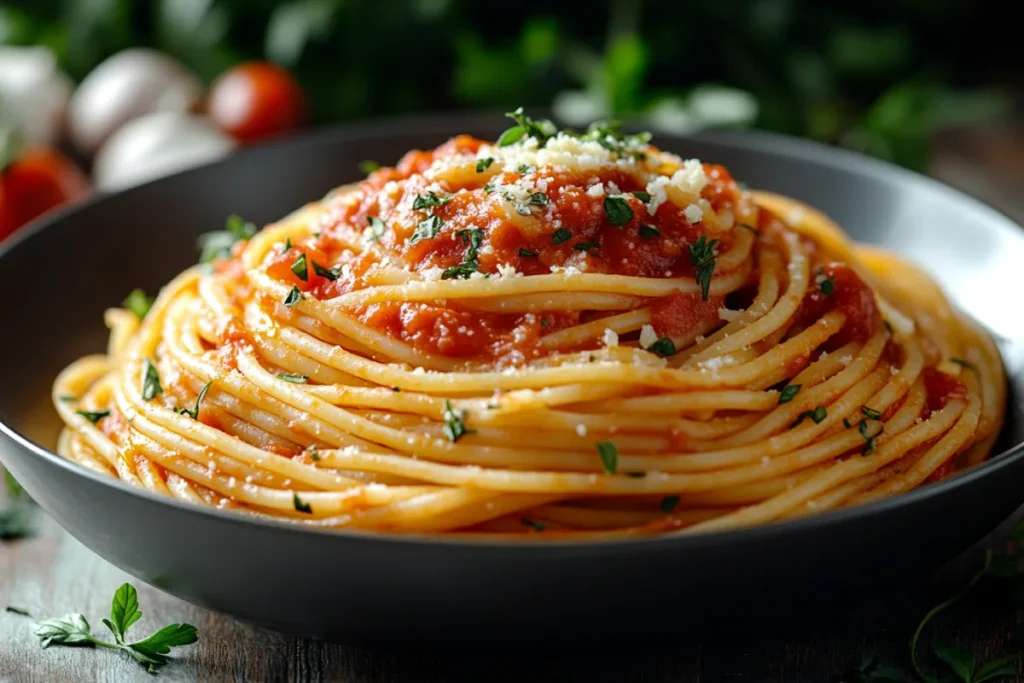
How to Incorporate Sour Cream into Spaghetti Sauce
Preparing the Base Sauce
The first step in incorporating sour cream into your spaghetti sauce is to prepare a flavorful base. This involves sautéing aromatic ingredients like onions and garlic in olive oil or butter to build depth. From there, add tomatoes in your preferred form—diced, crushed, or pureed. Enhance the base with a blend of herbs and spices such as basil, oregano, thyme, and a touch of chili flakes for heat.
Once the tomato sauce is simmering, consider any additional ingredients you’d like to include, such as ground beef, mushrooms, or roasted vegetables. These will add richness and complexity, ensuring a robust sauce that pairs well with sour cream.
Adding Sour Cream at the Right Stage
Timing is crucial when adding sour cream to your spaghetti sauce. It’s best to incorporate it toward the end of the cooking process, after the sauce has finished simmering. Adding sour cream too early can lead to curdling, as dairy products are sensitive to high heat and prolonged cooking.
Before mixing in the sour cream, lower the heat or remove the sauce from the stovetop entirely. Gradually stir in the sour cream to ensure it blends evenly without forming lumps. A whisk or silicone spatula works well for achieving a smooth consistency.
Mixing Techniques for Best Results
To integrate sour cream into your spaghetti sauce seamlessly, use proper mixing techniques. Start by adding a small amount of the sauce to the sour cream in a separate bowl. This process, known as tempering, warms the sour cream slowly and prevents it from curdling when combined with the hot sauce.
Once tempered, pour the mixture back into the main pot of sauce and stir continuously. Taste the sauce and adjust the seasoning as needed—sometimes, the tanginess of sour cream calls for a pinch of sugar or an extra dash of salt to balance the flavors.
Popular Recipes: Why Put Sour Cream in Spaghetti Sauce for a Creamy Tomato Sauce?
Classic Creamy Tomato Sauce
One of the simplest and most satisfying ways to use sour cream in spaghetti sauce is by creating a creamy tomato sauce. Start with a base of crushed tomatoes, garlic, and onions, seasoned with oregano and basil. Simmer the sauce until it thickens, then stir in sour cream at the end for a silky, tangy finish.
This sauce pairs perfectly with spaghetti or fettuccine and can be topped with grated Parmesan cheese and fresh parsley for an added touch of elegance. It’s a crowd-pleaser for both casual dinners and special occasions.
Sour Cream and Herb Spaghetti Sauce
For a lighter, herbaceous twist, combine sour cream with fresh herbs like dill, parsley, and chives. Begin with a base of sautéed garlic and shallots, add vegetable or chicken broth, and mix in the sour cream to create a creamy yet refreshing sauce.
This recipe works well with spring vegetables like peas or asparagus and is best served over angel hair pasta or spaghetti. The bright, tangy flavor of the sour cream highlights the freshness of the herbs, making it an ideal choice for a summertime meal.
Spicy Sour Cream Marinara
If you enjoy bold flavors, try adding sour cream to a spicy marinara sauce. Begin with a traditional marinara base of tomatoes, garlic, onions, and red pepper flakes. Simmer the sauce until it develops a rich flavor, then stir in sour cream to mellow the heat and add creaminess.
This spicy, tangy sauce works well with hearty pasta shapes like rigatoni or penne and can be topped with shredded mozzarella or Pecorino Romano for a cheesy finish. Add a side of garlic bread, and you’ve got a meal that’s sure to impress.
To explore tangy and spicy recipe ideas, check out spicy marinara sauce tips.
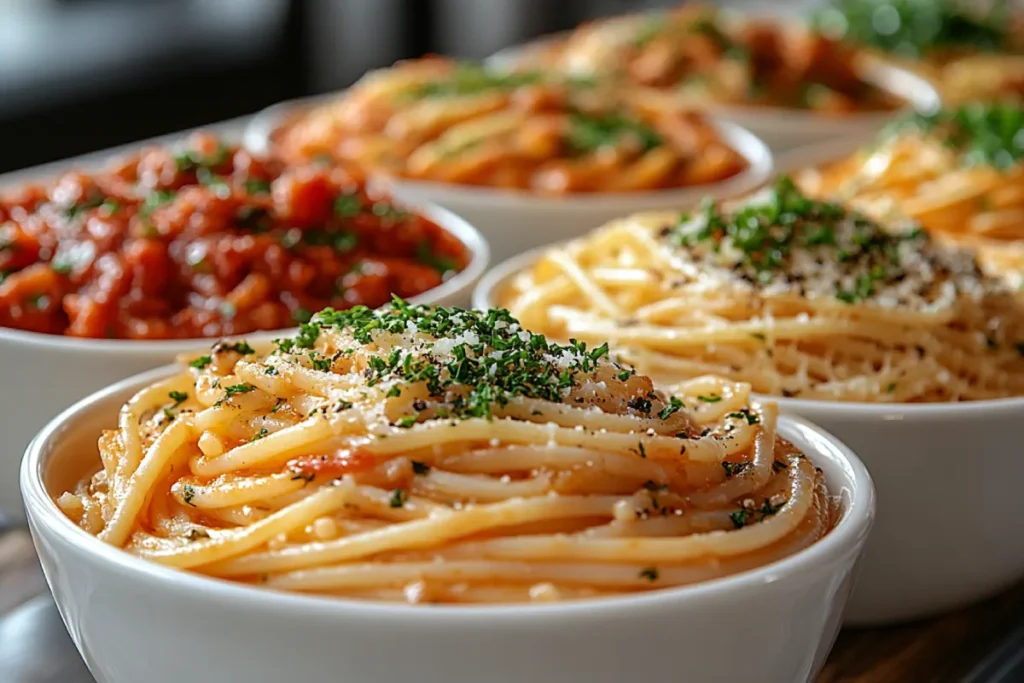
Tips for Perfecting Spaghetti Sauce with Sour Cream
Choosing the Right Type of Sour Cream
Not all sour creams are created equal, and the type you choose can significantly impact your sauce. Opt for full-fat sour cream for the richest and creamiest results. The higher fat content helps create a velvety texture and prevents the sour cream from curdling when added to the sauce.
If you prefer a lighter option, low-fat sour cream can work, but it might not offer the same depth of flavor and creaminess. Avoid fat-free sour cream, as it often contains stabilizers that can affect the texture and taste of your spaghetti sauce.
Adjusting Quantities for Different Sauces
The amount of sour cream you use should depend on the type of sauce and the level of creaminess you desire. For a subtle tang, start with a couple of tablespoons and taste as you go. If you want a richer, creamier sauce, you can add up to half a cup of sour cream for every two cups of tomato sauce.
Remember that sour cream will lighten the color of your sauce, giving it a pink or orange hue. Adjust the quantity based on the aesthetic and flavor profile you’re aiming for.
Common Mistakes to Avoid
- Adding Sour Cream to Boiling Sauce: Sour cream can curdle if added to a sauce that’s too hot. Always lower the heat or remove the sauce from the stovetop before stirring in the sour cream.
- Skipping the Tempering Step: Tempering the sour cream by mixing it with a small amount of the sauce beforehand is crucial to achieving a smooth, lump-free texture.
- Overusing Sour Cream: While sour cream enhances flavor and texture, too much can overpower the sauce and make it overly tangy. Use it in moderation to maintain a balanced dish.
- Neglecting Fresh Ingredients: Since sour cream has a pronounced flavor, pairing it with fresh herbs, garlic, and high-quality tomatoes will yield the best results.
By following these tips, you can master the art of incorporating sour cream into your spaghetti sauce and create a dish that’s both delicious and memorable.
Exploring the Versatility of Sour Cream in Spaghetti Sauce Recipes
Sour cream is often associated with toppings like baked potatoes or tacos, but its role in spaghetti sauce is just as dynamic. Adding sour cream can transform an ordinary sauce into something rich, flavorful, and truly unique. Beyond just balancing acidity and creating creaminess, sour cream has the power to complement a variety of flavors and ingredients, making it a go-to addition for chefs and home cooks alike.
Pairing Sour Cream with Different Types of Pasta
One of the greatest advantages of incorporating sour cream into your spaghetti sauce is its versatility. It pairs beautifully with virtually every type of pasta, enhancing the flavor and texture of the dish. For traditional spaghetti, sour cream creates a smooth and velvety sauce that clings to the pasta, ensuring each bite is rich and flavorful. For thicker pasta shapes like rigatoni or penne, the creamy sauce helps to coat every nook and cranny, delivering a burst of flavor with each mouthful.
Additionally, sour cream works particularly well with lighter pasta options such as angel hair or pasta with vegetables. The tangy creaminess balances delicate ingredients like zucchini, peas, and asparagus, adding depth without overpowering the natural flavors of the dish. This flexibility makes sour cream a secret ingredient to elevate your pasta game.
Sour Cream as a Healthier Alternative to Cream
While heavy cream is often used to create rich, creamy pasta sauces, sour cream provides a lighter alternative without sacrificing flavor or texture. Many home cooks are seeking ways to reduce fat and calories in their meals without compromising on taste. Sour cream offers a slightly tangier, less calorie-dense option than heavy cream, while still adding the same creamy consistency that makes pasta sauces indulgent and satisfying.
Moreover, using sour cream instead of heavy cream can introduce a pleasant tang to your sauce, offering an additional layer of flavor complexity. This is especially useful for those looking for a lighter sauce that still delivers a creamy, luxurious feel. By incorporating sour cream, you can cut down on unnecessary fats and calories while still achieving the desired creamy texture that makes spaghetti sauces so delicious.
Sour Cream for a Richer Meat Sauce
Sour cream is also a fantastic complement to meat-based spaghetti sauces, such as Bolognese or sausage marinara. The richness of the meat is balanced by the tanginess of the sour cream, creating a harmonious contrast that enhances the overall flavor profile. As meat sauces tend to be hearty and savory, sour cream acts as a perfect counterpoint, offering a refreshing creaminess that cuts through the heaviness of the meat.
Additionally, when combined with ground beef, pork, or sausage, sour cream helps to bind the sauce together, making it smoother and more cohesive. This can create a comforting, full-bodied dish that is perfect for serving during colder months or at family gatherings. The sour cream’s acidity also helps to break down the fattiness of the meat, making the sauce lighter without losing any of its depth.
Creative Variations: Experimenting with Sour Cream in Spaghetti Sauces
Once you’ve experimented with sour cream in your basic tomato-based spaghetti sauce, don’t hesitate to get creative. Add different herbs and spices to tailor the sauce to your personal taste preferences. For example, fresh dill can bring an aromatic, refreshing note to the sauce, while a dash of smoked paprika will add a smoky flavor that complements the creamy texture.
If you’re feeling adventurous, you can even experiment with sour cream in more unconventional spaghetti sauces, such as a pesto sauce or a roasted garlic-based sauce. The richness of the sour cream will balance the strong flavors, resulting in a sauce that feels both sophisticated and comforting at the same time.
FAQs
Does sour cream curdle in hot spaghetti sauce?
Yes, sour cream can curdle if exposed to high heat or added to boiling sauce. To prevent curdling, lower the heat or remove the sauce from the stove before adding sour cream. Tempering the sour cream by mixing it with a small amount of sauce beforehand can also help achieve a smooth consistency.
Can sour cream replace other dairy in spaghetti sauce?
Absolutely! Sour cream is a versatile substitute for other dairy ingredients like heavy cream, milk, or yogurt. It adds a similar creaminess and tang but offers a slightly lighter texture compared to heavy cream.
Is sour cream suitable for all spaghetti sauce recipes?
Sour cream works best in recipes where a creamy or tangy element is desired. While it pairs beautifully with tomato-based sauces, it may not be ideal for all variations, such as oil-based or pesto sauces. Consider the flavor profile of your recipe before adding sour cream.
How much sour cream should I use in spaghetti sauce?
The amount depends on your desired level of creaminess and tanginess. Start with 2–3 tablespoons for a subtle effect and gradually increase to about ½ cup for a richer sauce. Always taste and adjust as needed.
Can sour cream be used in meat-based spaghetti sauces?
Yes, sour cream complements meat-based sauces like Bolognese or sausage marinara beautifully. Its tangy creaminess balances the savory richness of the meat, creating a well-rounded flavor.
How do I store leftover spaghetti sauce with sour cream?
Store leftover spaghetti sauce with sour cream in an airtight container in the refrigerator for up to 3 days. When reheating, do so gently over low heat to prevent curdling. Avoid freezing, as sour cream can separate when thawed, affecting the sauce’s texture.
Table of Contents
Conclusion
Sour cream is a surprising yet highly effective addition to spaghetti sauce, offering benefits that elevate the dish’s flavor, texture, and overall appeal. Its tangy profile enhances the natural sweetness of tomatoes, while its creamy consistency creates a luxurious sauce that’s hard to resist. Whether you’re looking to balance acidity, deepen flavors, or simply try something new, sour cream proves to be a versatile and rewarding ingredient.
For more insights and recipes, visit Pour the Sauce.

